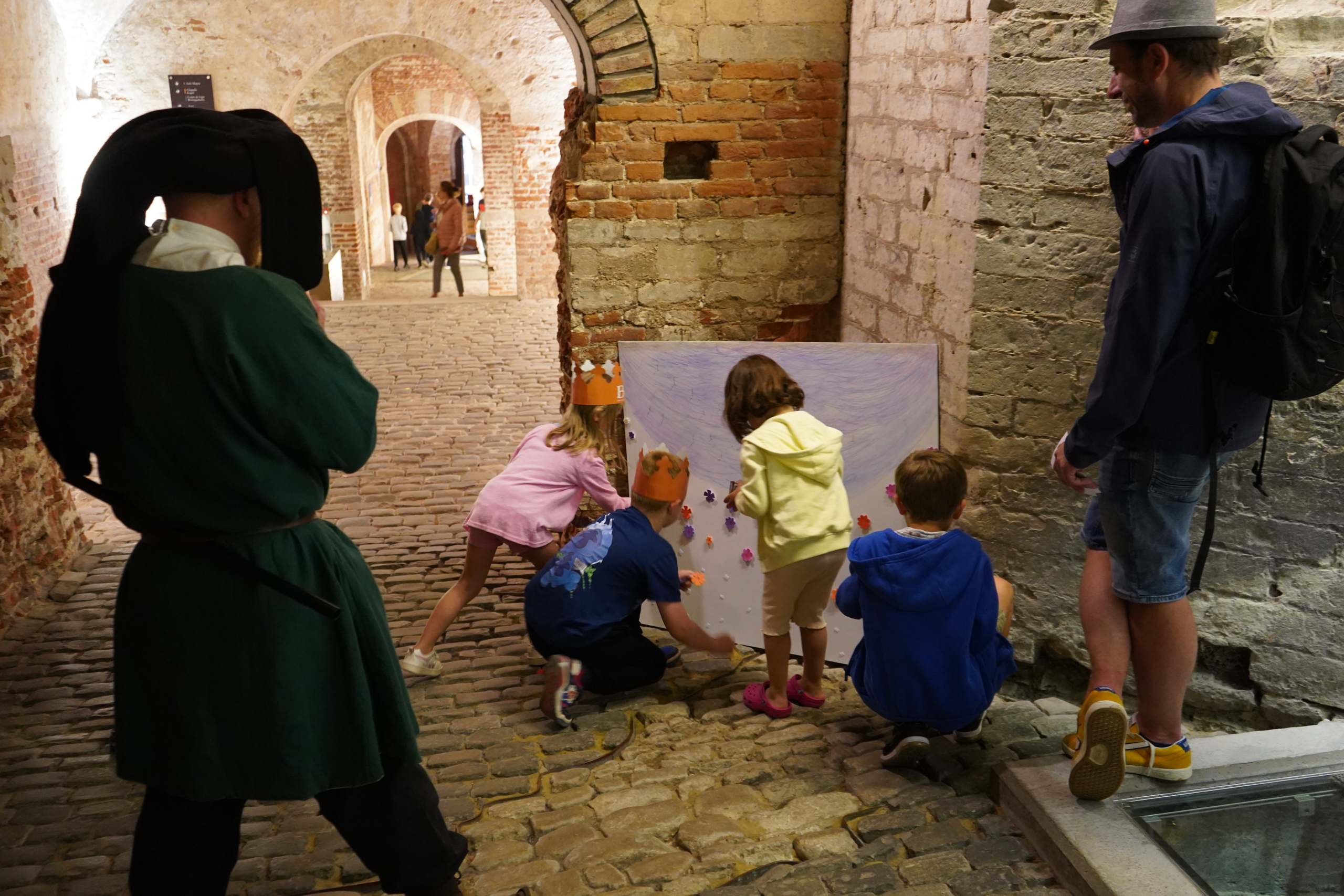The Brussels Renaissance Festival will again transport the region back into time for three weeks. From tours, walks and treasure hunts to exhibitions and the iconic Ommegang parade, visitors can soak up the atmosphere of the 16th century.
A wide range of events will be organised across the region from Sunday 2 June to Friday 5 July to celebrate European and Brussels heritage and history during the Renaissance and the 16th century more generally.
The annual festival aims to highlight the city's role during this period and provides the perfect opportunity for people of all ages to dive back in time through exhibitions, workshops, guided tours, conferences and UNESCO-recognised processions.
Family days and traditional music
The festival will begin on 2 June with a Family Day at the Palace of Coudenberg, the royal residence located at the top of Mont des Arts in the Royal Quarter of Brussels. Children can learn about the Belgian capital's prestigious past and its underground passages at the palace by dressing up as a knight or court lady, shooting a crossbow or wielding a sword.

Family day at Coudenberg Palace. Credit: Visit.brussels
Throughout the festival, the palace will also offer a city game for locals and tourists alike through an app. Participants can experience an adventure in the Royal Quarter in search of the golden key or during an underground treasure hunt for the Golden Fleece.
The Porte de Hal museum will also be participating throughout the month, offering organised tours on top of the iconic Porte de Hal tower, as well as walks around the old city walls. The Cathedral of Saint Michael and Saint Gudula in the city centre will also welcome visitors with guided tours.
Meanwhile, in the Breadhouse – the imposing Neo-Gothic building on Brussels' Grand Place – visitors can learn more about how Belgium's capital city experienced a diplomatic, cultural and artistic revival during the 16th century, and discover customs and habits from the Renaissance.

Credit: Visit.brussels
This magnificent building is the place to be on 8 June – Renaissance Day – when live music of the period and secular chants, Verdadera Destreza (traditional fencing) and Renaissance dancing (Cadanza Renaissance) are on the agenda.
Music lovers can enjoy additional concerts of Renaissance music at the Music Academy of Anderlecht on 16 and 20 June. On 22 June, several teachers of Early Music from the music academies of Anderlecht, Etterbeek and Schaerbeek will also host a Baroque concert, playing instruments from the era.
Finally, there will be guided walks through the Marolles neighbourhood to discover the emblematic figure of Belgium's artistic culture, Pieter Bruegel, who lived and died in this area.
Grand finale
History buffs will however have to wait until the start of July to experience the highlight of the Renaissance Festival – the Ommegang parade.
On Wednesday 3 and Friday 5 July, the famous procession – recognised by UNESCO as intangible cultural heritage – will see 1,400 people, including musicians, singers, dancers, horsemen, uniformed guards and flag-bearers parading through the streets. Brussels residents and visitors will line the streets of the city to watch the procession in all its glory.
The group will then arrive at the Grand Place for a spectacular show. For a good view of the performance, it is recommended to reserve a spot in the seating area, which can be done on the organiser's official website.

'Ommegang Oppidi Bruxellensis' historical parade in the city centre of Brussels, June 2022. Credit: Belga / Hatim Kaghat
The event takes people back to 1549, to the arrival of Charles V, the most powerful sovereign of the 16th century whose main residence was Brussels, and his son, the future Philip II. It also gives onlookers the chance to see the city from a Renaissance perspective.
Two hours before the start of the Ommegang parade, visitors can also take a peek behind the scenes at the final preparations with a guide.
The Renaissance Village will be set up in Sablon, where craftspeople and knights will be busily at work. The main highlight here is the crossbow competition between the two Brussels guilds of archers, held on both days in front of the Church of Our Lady of the Sablon.
Find more information on the festival here.

